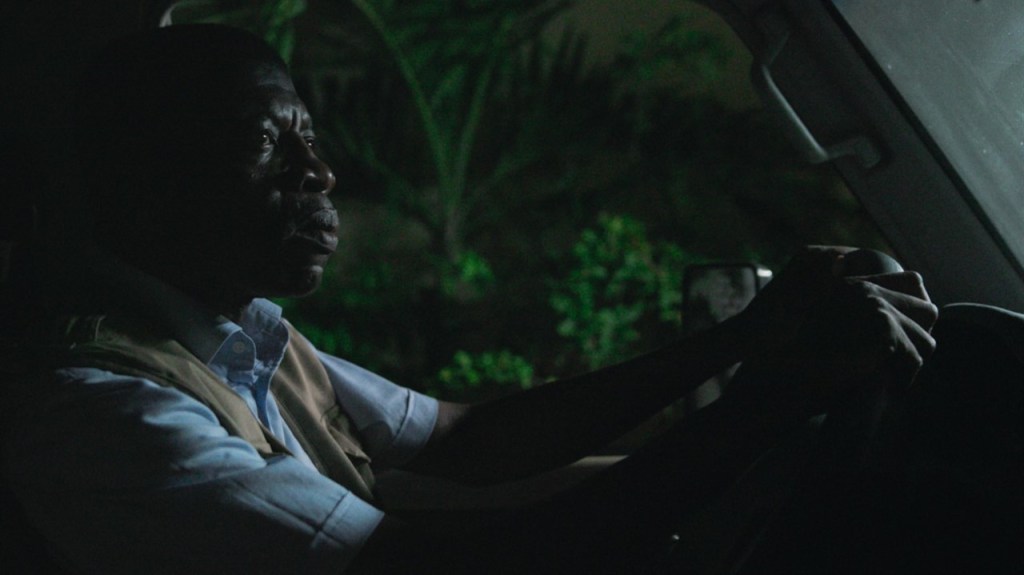I’ll be touching on the more serious topics in a later blog. In the meantime, I want to touch on some of the other unique traits of this Women’s World Cup:
- Number of venues and cities hosting: ten stadiums in nine cities (Sydney hosting two)
- Slogan: Beyond Greatness
- Mascot: Tazuni – A penguin endemic to New Zealand
- Match Ball: Adidas OCEAUNZ
- Official Song: “Do It Again” by BENEE and Mallrat
That’s only some of the traits of this Women’s World Cup. There’s too much to tell in detail so I limited it to five things. In the meantime, here is my look at the teams from Group D. One thing I have to say about the groups is that right when you think you know who will qualify, you will second-guess yourself. So here’s my take:

-England (4): Lately the Lionesses have become the toast of England. The Women’s Euro was held in 2022 in England just a year after the men’s Euro was held. Just like the men, they made it to the final to be played in Wembley Stadium. While the men lost on penalty kicks, the women won against Germany 2-1 in added extra time. So it ended up being the women who got the nation to sing “It’s Coming Home.” They also won the Arnold Clark Cup after winning all their games. Their win of the Euro last year makes them one of the favorites to win here in Australia/New Zealand.
Their coach is Sarina Wiegman, the Dutch coach who coached the Netherlands to the 2019 World Cup final. The team consists of legends like Lucy Bronze, Jordan Nobbs and Millie Bright as well as rising young talents like Lauren Hemp and Ella Toone. Since 2022, they’ve had a stellar record with wins against top teams like Sweden, Germany and the US. They’ve also had draws to Norway, Brazil and Portugal and a recent loss to Australia; their first loss in thirty matches. Never underestimate England. They’re a team that can rise to the occasion here. And possibly have the nation singing “It’s coming home” again!

-Haiti (53): Haiti is known as the poorest country in the Western Hemisphere. Despite it, they place a lot of hope in their athletes. This year is a delight because for the first time, Les Grenadières qualify for the Women’s World Cup. They achieved it in a playoff round and it was wins against Senegal and Chile that allowed them to clinch their berth.
The team is coached by French coach Nicolas Delepine. The team has at least half the members under 23 and most play for colleges or leagues in the Unites States or France. Their two wins to qualify for the World Cup are two of the team’s three wins they’ve had in the last 12 months. They’ve also had losses to Costa Rica, Nigeria, Portugal and Jamaica. Haiti may be a team new on the international circuit but they can use this World Cup as a great learning experience and help them excel further in the future.

-Denmark (13): This is a comeback for Denmark. When women’s football was just starting to get recognition, Denmark was at its first Olympics in 1996 and at four of the first five Women’s World Cup. After that, it appeared De rød-hvide lost their edge as the last WWC they competed in was in 2007. They did finish as runners-up at Euro 2017, but failed to qualify for France 2019. Recently a new Danish team have arrived to bring Denmark back to being a top world contender.
Bringing Denmark back to its first Women’s World Cup in 16 years is head coach Lars Sondergaard who has coached the team since 2017.The team is composed mostly of member who play for various women’s leagues around Europe. Top names are forward Pernilla Harder, midfielder Sanne Troelsgaard and defender Katrine Veje. Denmark has had mixed success in play in the last 12 months. They’ve scored wins against Switzerland, Norway, Sweden and Japan, but endured losses to Spain, France, the Netherlands and Australia. The stage is here in Australia and New Zealand to prove to the world that Denmark are back and ready to challenge.

-People’s Republic of China (14): Like Denmark, China has also been widely regarded as a past great team in women’s football. They were runners-up at the 1999 World Cup and the 1996 Olympics. Since then, they went through a decline to the point they didn’t qualify for either the 2011 Women’s World Cup or the 2012 Olympics. In the past ten years, the Steel Roses have been showing signs of making a comeback with finishing in the quarterfinals at the 2015 WWC and the 2016 Olympics. In 2022 they won their first AFC Women’s Asian Cup since 2006.
The team is coached by Shui Qingxia who was part of the 1996 Olympic team that won the silver medal. Most of the players come from teams from the Chinese Women’s Super League. Very few team members play in leagues outside of China. Leading the team is forward Wang Shanshan and midfielder Zhang Rui. China is one of few teams willing to play against Russia and they played two friendlies against them early in July winning both. China’s also had draws against Switzerland, Ireland, Japan and South Korea, and losses to Spain and Sweden. China comes to the Women’s World Cup with something to prove and they are ready to prove it here.
My Prediction: This is another group that is not as easy to predict as it looks. Some games can go either way and there’s the possibility of shockers. For this group, I predict England and the People’s Republic of China to qualify to the knockout round.
And there you have it. That’s my prediction for Group D. I’ve already reviewed a lot of top contenders, but there’s still more to come over the week.
